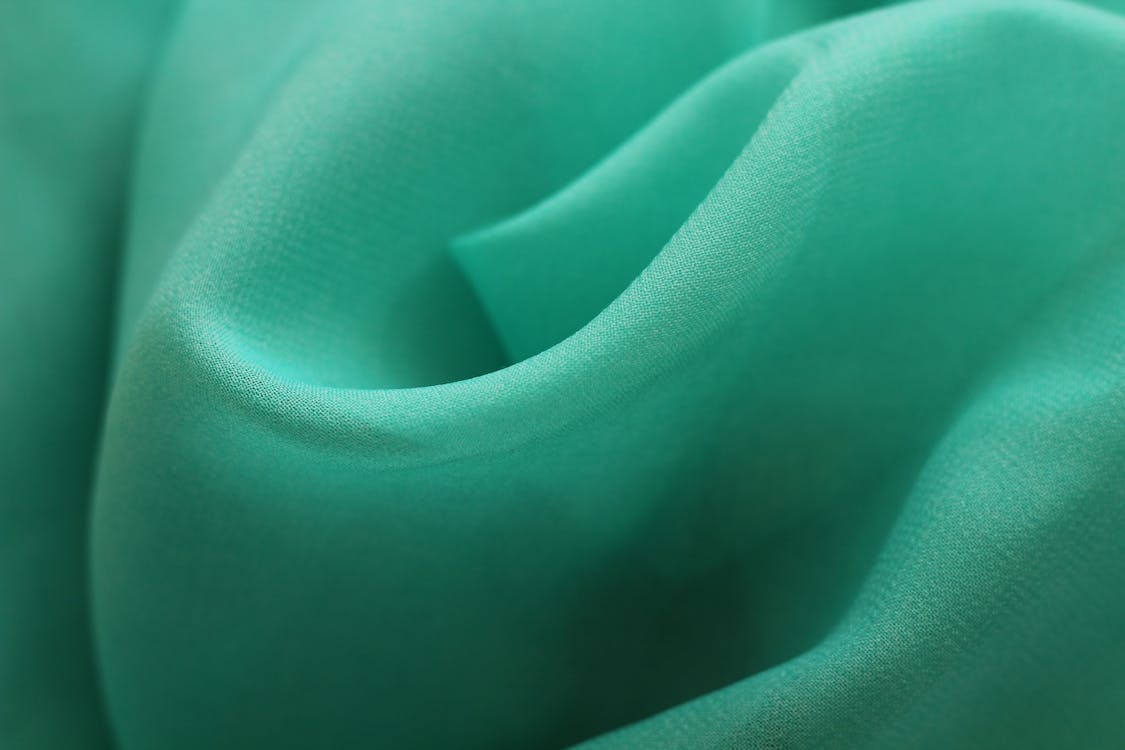
FAQ About Differences in Polyester
Differences in Polyester
2 years ago | gizem
How does polyester compare to linen?
Polyester and linen are two distinct fibers with different characteristics, properties, and uses. Here's a comparison between polyester and linen:
- Natural vs. Synthetic: Linen is a natural fiber derived from the flax plant, while polyester is a synthetic fiber made from petroleum-based products.
- Breathability: Linen is highly breathable and known for its ability to keep the wearer cool in hot weather. It has excellent moisture-wicking properties, allowing for efficient evaporation of sweat. Polyester, on the other hand, is not as breathable as linen and can trap heat and moisture against the skin.
- Texture and Feel: Linen has a natural, slightly coarse texture and a crisp feel. It softens with time and becomes more comfortable. Polyester, in contrast, has a smooth, synthetic feel and can have a silkier texture. Linen is often preferred for its natural, tactile appeal.
- Wrinkle Resistance: Linen is prone to wrinkling due to its inherent texture and lack of elasticity. Polyester, on the other hand, is known for its wrinkle resistance and ability to retain its shape. Polyester fabrics tend to look smoother and more wrinkle-free compared to linen.
- Durability: Linen is a durable natural fiber that can withstand frequent use and laundering. It becomes softer and more comfortable with each wash. Polyester is also durable and has excellent tensile strength, making it resistant to stretching, shrinking, and tearing.
- Absorption and Quick Drying: Linen has excellent moisture absorption properties, allowing it to absorb and release moisture quickly. It dries relatively fast, contributing to its breathability. Polyester has low moisture absorption and dries faster than linen, making it suitable for quick-drying garments.
- Environmental Impact: Linen is considered a more environmentally friendly choice as it is derived from a renewable plant source and requires less water and chemicals during production compared to polyester. Polyester, being a synthetic fiber, is derived from non-renewable resources and has a larger environmental footprint.
- Versatility: Polyester is a highly versatile fiber used in various applications, including clothing, home textiles, and industrial fabrics. It can be blended with other fibers to enhance certain properties. Linen is commonly used in clothing, household textiles, and upholstery, offering a natural and timeless appeal.
